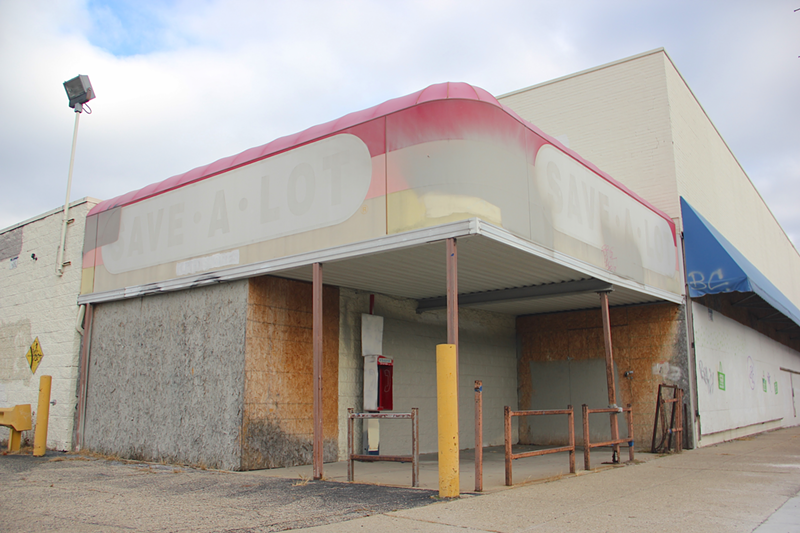Northside's community development corporation has tapped a developer for the former Save-A-Lot site at 4145 Apple Street, a location that has long been floated as the future home of cooperative grocery effort Apple Street Market.
Philadelphia-based Pennrose, LLC will develop an affordable or mixed-income residential project at the site after Northsiders Engaged in Sustainable Transformation (NEST) selected the company via an April 2019 request for qualifications process.
Pennrose develops both affordable and market-rate housing communities in the eastern and midwestern regions of the U.S. In March, College Hill Urban Redevelopment Corporation tapped the company to develop a $24.6 million mixed-use project at the corner of Hamilton Avenue and North Bend Road.
“Our focus on community impact perfectly aligns with NEST’s mission to transform the Northside neighborhood and create lasting change," Pennrose Regional Vice President Lasserre Bradley said in a news release. "We look forward to working together to develop a new, affordable or mixed-income housing development that is an asset to the entire neighborhood.”
Pennrose and Apple Street Market are currently in discussion about the feasibility of incorporating the market into the finished project. The cooperative grocery effort saw much of its funding crumble earlier this year due to a variety of factors.
Apple Street Market Board President Kristen Barker told CityBeat last month that the grocery initiative is hopeful about the potential partnership.
“What I think what everyone wants is for this joint project to work,” she says. “There are a variety of challenges around it in terms of the size of space and pricing. But I feel like we’re all going to bring all the creativity.”
NEST received more than $500,000 from the City of Cincinnati last year to purchase the former Save-A-Lot. As part of that funding agreement, it must be in development on a project at the site within 24 months.
Organizers with Apple Street say they played a big role in lobbying the city for that money under the assumption the site would be used for the grocery. But some political aversion to co-op grocery models — and struggles with Clifton Market, another co-op grocery up the road in Clifton — made some members of Cincinnati City Council and Mayor John Cranley reluctant to give the funding to Apple Street directly.
NEST Executive Director Sarah Thomas says that, given the time constraints and funding uncertainty around the market, the CDC is focused on developing affordable housing at the site using Low-Income Housing Tax Credit (LIHTC) subsidies.
“NEST is thrilled to have selected Pennrose to be our first commercial development partner on a project that we know is critical to the community,” Thomas said in a news release. “Bringing new, affordable housing to Northside is a top priority for our organization and our community.”
That too could be difficult, however. Last year, Cincinnati opted into a program through the Ohio Housing Finance Agency, which administers the federal credits, called FHAct50, which allowed the city to choose a single neighborhood — Over-the-Rhine — to receive LIHTC subsidies outside the state’s normal competitive process. In return, it gave up scoring advantages afforded Ohio’s largest cities in that process.
In recent years, Cincinnati has lagged behind Ohio’s other major cities when it comes to applying for and winning the credits, and its participation in the FHAct50 program could make it more difficult for developers outside of OTR to win the credits.
Thomas, however, says NEST is committed to pursuing the credits.
“It’s no secret that LIHTC is highly competitive,” she said last month. “That’s why we’re pushing for a 2020 application. That remains the focus. We have a lot of work to do along the way… community engagement, design. Everyone’s goal is the highest subsidy possible because we know that’s what the neighborhood needs. We selected our co-developer based on our notion of wanting a true community partner. We’re prepared for what we have to do to make the right thing for the site, even if it’s not on the first attempt.”






